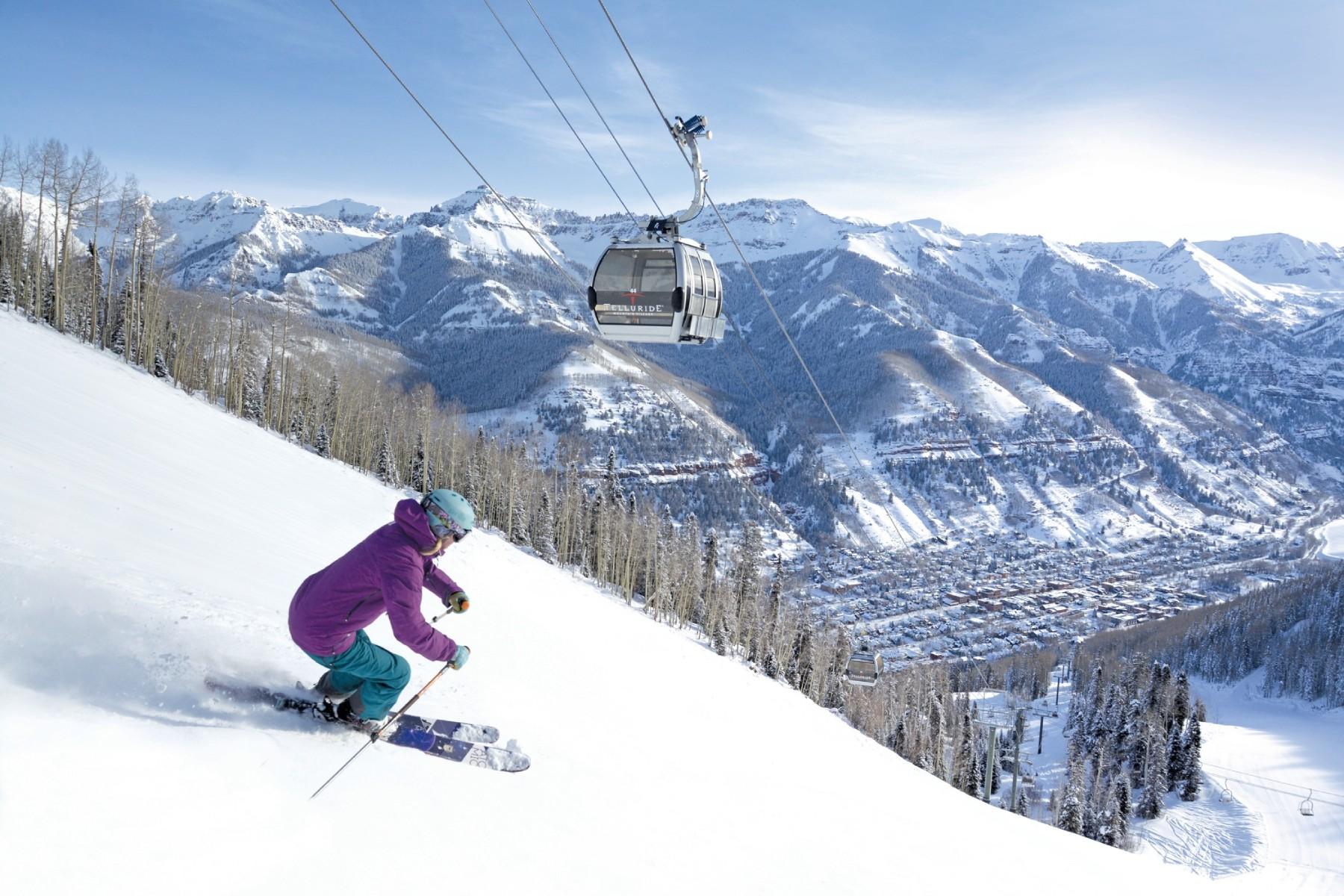Colorado’s fall has felt a lot more like summer for much of the state with creeping drought and new daily heat records.
Denver’s September was the warmest recorded since 1872, according to an analysis from the National Weather Service in Boulder, and Southern Colorado hit new heat records in early October.
Still, the High Country has still managed to get its first doses of snow — and more appears to be coming this weekend.
So, when can the rest of us expect to get a few flurries?
Historically, by the end of October, climate data from the National Oceanic and Atmospheric Administration analyzed by the Colorado Climate Center show.
Most locations, on average, recorded at least one-tenth of an inch of snowfall for the first time each year sometime in October, according to the 30-year dataset of measurements recorded at 101 Colorado weather stations from 1991 to 2020.
The data show that roughly a third of the weather stations typically record their first snow in November.
On average, only three stations recorded a measurable amount of snow in September. Those are in Coal Creek Canyon; near the Hourglass Reservoir in the Comanche Peak Wilderness north of Estes Park; and the Climax molybdenum mine north of Leadville, which has the state’s earliest average first-snow date: Sept. 20.
In a great year, that early average snow date is followed by enough flurries to build up about a foot of snow so Jason Kuczma can rent out snowmobiles and lead guests on tours on fire roads and trails.
“If we can open for Thanksgiving, we're always happy,” said Kuczma, owner of Leadville Offroad Adventures.
Kuczma said the early September snows often melt away, but in his experience, there’s usually enough reliable snowpack to serve a steady stream of customers by December.
Know before you snow
The biggest factor for early season snow is elevation, said State Climatologist Russ Schumacher, who analyzed the dataset. All three of the stations that recorded average snow dates in September are above 7,500 feet — and the station near Leadville is over 10,000.
Broadly, the data suggest Colorado’s snow season is shifting, Schumacher said. Along the Front Range, the trend is toward later first and last snows. Other parts of the state are trending in the opposite direction though, he said.
The Sedgwick and Holyoke weather stations in northeastern Colorado are recording average first snows about a week earlier than average and reporting last snows two to three weeks later in the spring. The result is a snow season that’s nearly a month longer than it used to be.
Schumacher said the trends are broadly consistent with how Colorado’s climate has changed over the last several decades, with falls getting a lot warmer and less warming in winter and spring.
“But even though the average might be shifting in one direction at a location, that doesn’t rule out extremes on either end,” he said. One example: The Central Park weather station in Denver recorded its third-earliest first snow in 2020 and its latest first snow in 2021.
It’s also worth noting that analyzing long-term snowfall trends, especially comparing data recorded at different weather stations, is difficult and error-prone — even for climate researchers.
“Snow is difficult to measure accurately, and measurement protocols have changed over time,” he said. “Some of the changes we see might be as much a result of how the snow was measured as they are a result of changes in weather and climate.”









